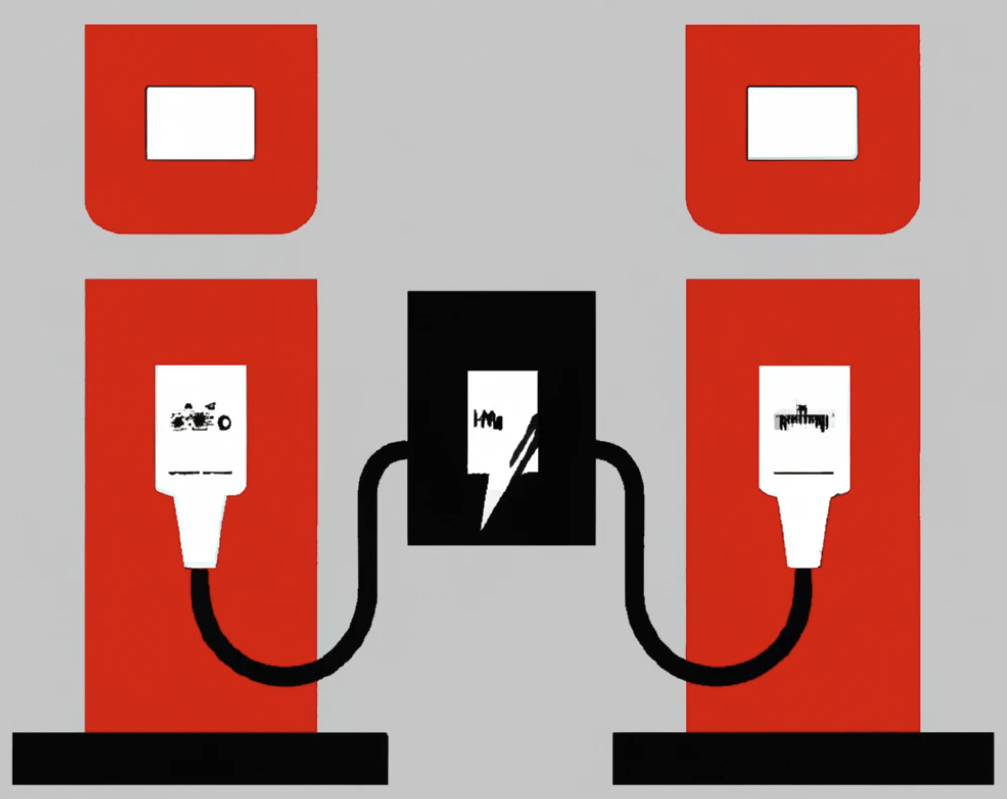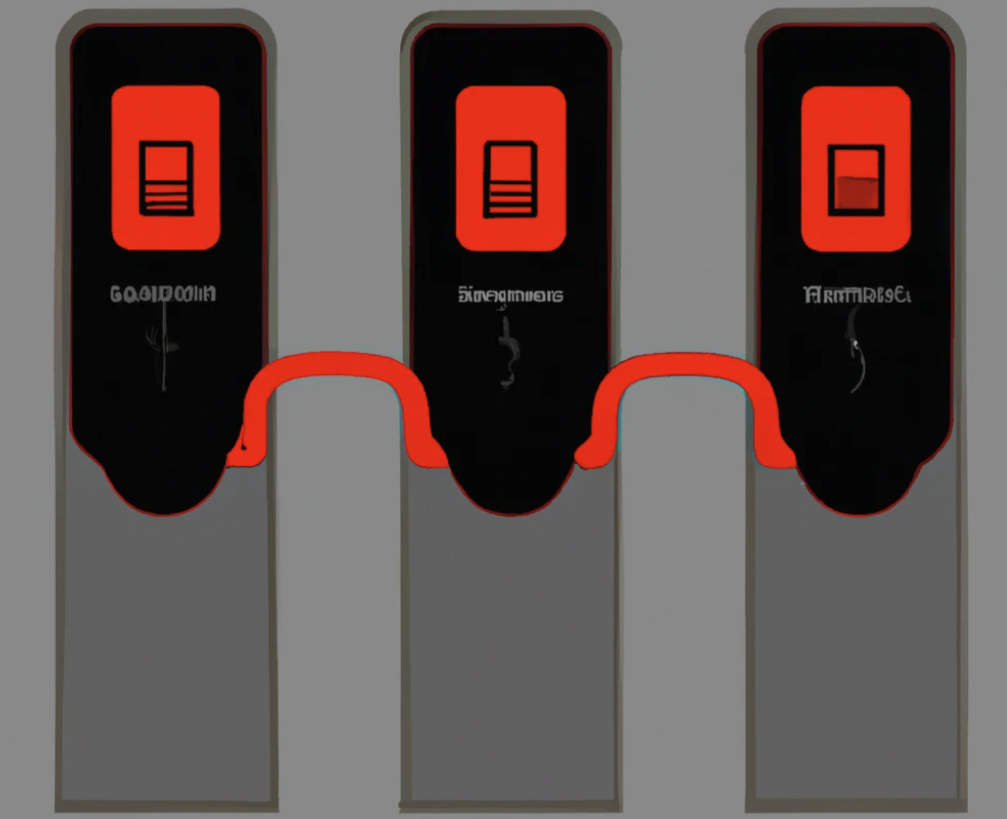EV Charging stations
EV charging poles, also known as electric vehicle charging stations, are an essential component of the EV infrastructure. There are several types of charging poles available, each with its own set of advantages and disadvantages.
Level 1 charging poles Level 1 charging poles are the most basic type of charging station and are designed to provide a low level of power to the EV battery. They are typically used in residential settings, as they require a standard 120V household outlet to operate. The charging time for level 1 charging poles can be quite long, taking anywhere from 8 to 12 hours to fully charge a depleted battery.
Level 2 charging poles Level 2 charging poles are the most common type of charging station and are typically found in commercial and public settings. They provide a higher level of power than level 1 charging poles, with a charging time that can range from 2 to 6 hours to fully charge an EV battery. Level 2 charging poles require a 240V outlet and are capable of providing up to 80 amps of power.
Level 3 charging poles Level 3 charging poles, also known as DC fast charging stations, are the fastest type of charging station available. They can charge an EV battery to 80% capacity in as little as 30 minutes, making them ideal for long-distance travel. Level 3 charging poles require a 480V outlet and are capable of providing up to 500 amps of power.
Pros and Cons of different Poles
When it comes to the material requirements for EV charging poles, the most important consideration is durability. Charging poles must be able to withstand a variety of environmental conditions, including extreme heat and cold, as well as exposure to rain and other types of precipitation.
In terms of pros and cons, level 1 charging poles are the least expensive option and are relatively easy to install. However, they are also the slowest type of charging station, making them less practical for commercial and public settings.
Level 2 charging poles are the most commonly used type of charging station and provide a good balance between charging time and cost. They are suitable for most EV charging needs, including both residential and commercial settings.
Level 3 charging poles are the fastest type of charging station, making them ideal for long-distance travel. However, they are also the most expensive type of charging station, and require a significant amount of power to operate.
Overall, the choice of charging pole will depend on the specific needs of the EV owner, as well as the available infrastructure and budget.

What are the main differences between each level?
Level 1 charging is the slowest and simplest charging method, using a standard household 120-volt outlet. This charging level can provide around 4-5 miles of range per hour of charging and is best for drivers who have limited daily driving needs or can charge their vehicle overnight. Level 1 charging doesn't require any additional equipment, but it is important to use a dedicated circuit to prevent tripping a breaker or overheating the outlet.
Level 2 charging provides faster charging speeds than Level 1 and requires a 240-volt outlet. This level can provide around 20-25 miles of range per hour of charging and is ideal for drivers who have longer daily driving needs. Level 2 charging requires a charging station or charging unit that is hardwired to a circuit breaker panel or installed with a plug. These charging units can come with a variety of features, including adjustable amperage and smart charging capabilities.
Level 3 charging, also known as DC fast charging, is the fastest charging method and provides the quickest way to charge an electric vehicle. Level 3 charging uses a high-powered charging station and provides up to 80% charge in just 30-40 minutes. Level 3 charging requires a specialized charging unit that is capable of delivering high levels of power and typically requires a three-phase power supply.

The differences in adapters between the different charging levels are significant. Level 1 charging uses a standard 120-volt household outlet, so no adapter is necessary. Level 2 charging requires an adapter that converts the 240-volt outlet to the vehicle's charging port. Level 3 charging has two different types of connectors in use in the US and Europe - CHAdeMO and CCS (Combined Charging System) - and some vehicles may require an adapter to connect to the charging station.
In terms of thermal and electrical properties, Level 3 charging stations are designed to handle much higher power levels than Level 1 and Level 2 stations. This requires careful consideration of the materials used to construct the station to ensure that it can handle the high temperatures and electrical currents involved. Level 3 charging stations also incorporate sophisticated cooling systems to manage the heat generated during charging.
Overall, the choice of which level of charging to use will depend on the individual driver's needs and circumstances. Level 1 charging is the simplest and slowest, but may be sufficient for drivers with limited daily driving needs. Level 2 charging provides faster charging speeds and is ideal for drivers with longer daily driving needs. Level 3 charging is the fastest and most convenient, but requires specialized equipment and is typically only found at public charging stations.






